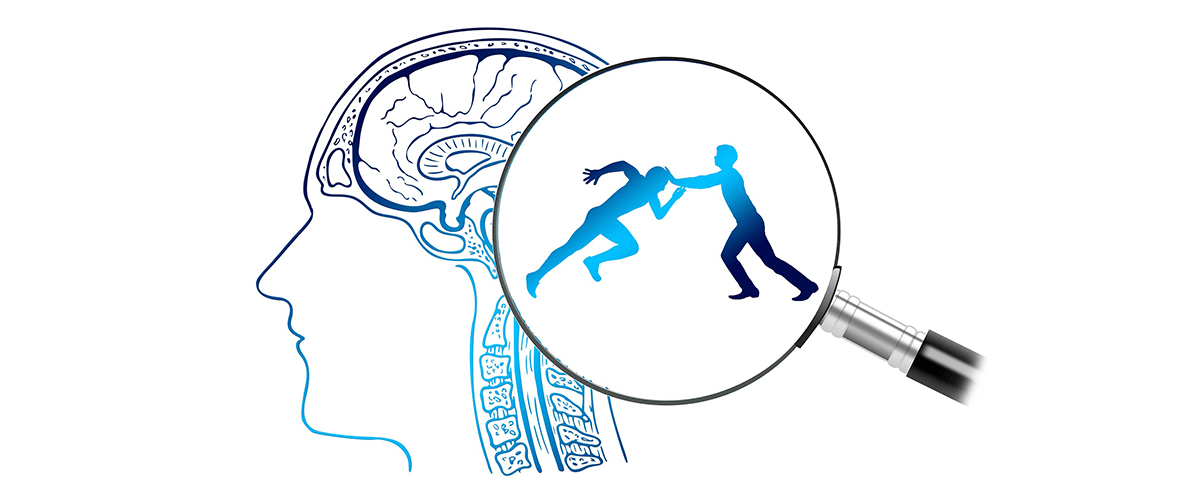We all like to think that we're smart and make well-informed, logical decisions, but in reality, humans aren't always the best at embracing the logical and often resist change, even when it's counterproductive. Anyone that's ever tried to go on a diet, give up smoking, or start going to the gym, will know that change is hard, new habits aren't made overnight and it's much easier to stay with the status quo.
When the possibility of change is present, the reptilian brain takes over and fear starts to override our good decision making. As even Mr. Spok would tell you: it's not always easy to be "only logical".
Why do we resist change?
In reality, even when it's irrational it can be hard not to resist change. Just the idea of switching dish soap or restaurants might feel a little daunting. So, when it comes to something more critical, like your software, suddenly the friction of resistance will bring any possibility of change to a complete standstill.
Disagree? What if someone told you needed to swap CAD platforms tomorrow? Already feeling the dread? Whether you're a CAD manager, wondering how your employees are going to react or a day-to-day CAD user not wanting to have to start from scratch. Most likely, you're now breaking a sweat.
The idea of swapping a system, that you have learnt, tried, tested and used for years, maybe even decades IS scary! Automatically, your mind leaps to the worst-case scenario. And besides, who wants to have to relearn everything from scratch?
That's the primitive part of your brain talking and it's probably being a little over-dramatic.
The mathematics of resistance to change
The phenomenon of resistance to change, even when it's not in our best interest to do so, is so well documented that there is a whole formula for it. It's called Gleicher's Formula and it looks like this:
Gleicher's Formula
C = A × B × D > X
C (change) = (will happen when) A (dissatisfaction with the status quo) x B (the desired clear state) x D (the practical steps to the desired state) > ( is greater than) X (the cost of the change)
A simplified, and more recognized version, is:
The Dannemiller version
D x V x F > R
Dissatisfaction x Vision x First concrete steps > Resistance
In short: change will only happen when the perceived pain of loss is less than the perceived gain.
How to outsmart your brain
So, how can you really know that it's time to embrace change when our brains are so resistant? How can you outsmart our reptilian brain and make, good, logical decisions? Is there a way to "hack" your brain into embracing the change?
The secret lies in the formula above. Let's break it down and think about everything. If it helps, get a pen and paper and write everything down:

Dissatisfaction
The old saying "Better the devil you know", springs to mind.
But take a moment and think about everything you hate about the current system: the long, complicated workflows, expensive and rigid subscription prices, oldfashioned approach, lack of innovation, poor customer service...

Vision
Envision how the new system will solve your problems: reduced cost, increased efficiency, provide better customer service, give you more licensing choices, have greater innovation, a more modern workspace, how little you'll realistically have to learn, ...

First concrete steps
Take small steps. Don't start by demolishing the current system or forcing people to do something new. Softly, softly. Suggest the new system to colleagues on a "good day", test things our first yourself, don't be afraid to seek help and support, do a lunch-time training session with a sample project and a few "key users", or even just install a couple of seats of the new system and keep it running against the old system, slowly make the migration over a period of time. There is no need to rush.
Should you make the switch?
So, now you have everything written down, how do you feel about changing your current system? Does it make sense for you?
Don't resist change!
More licensing options, world-class customer support, great innovation, and a free, no obligation 30-day trial, that's BricsCAD!

